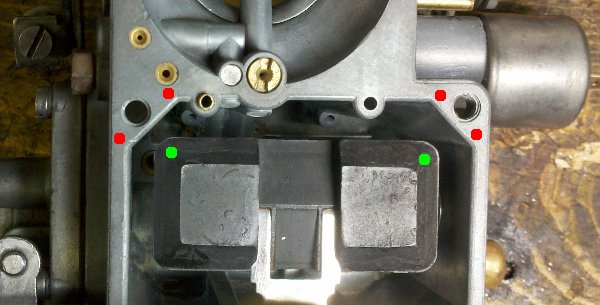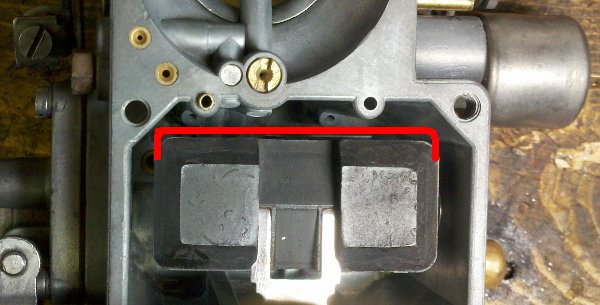The late lamented RS "Bob" Hoover (the VW guy, not the famous pilot) was fond of saying that "your'e the mechanic in charge". My take on what he meant was that no matter what any expert may tell you, you're the person on the spot who has the ability to see what's what. You're ultimately responsible for your work, not the people on the internet trying to give you advice.
I try very hard to keep those words in mind when I work on my vintage VW. The problem with any vintage vehicle is it has a mix of old and new parts, and both sets have been maintained by different people with different levels of skill and care. ANY time you install or replace anything in a vintage car, it's vital that you don't just slap it on, you must work mentally work through what that thing is going to do, and how it relates to the parts around it. You need to anticipate what might to wrong and investigate it (by moving the part, or checking the configuration, or whatever). If you just fasten it on and don't think about it, if it turns out to be NOT an identical replacement, it will fail or jam at the most imopportune moment. Then you'll be faced with digging out the error and figuring out what you did wrong and then put it back.
My case in point was carburetor floats. I assumed they were all the same. I've dis-assembled and re-assembled carbs at least a dozen times since I've owned my vintage VW, and up until last year, the float wasn't something I ever thought about. Last year, I did a few hundred miles of test drive in my car. In preparation for doing so, I assembled a carburetor, just like I had many times before. I drove it on several test drives, ending with a 200 mile drive that included about 30 miles on the interstate. The next time I drove the car, a few days later, I backed it out of the garage, it died and wouldn't start. I spent the next week fighting with the carburetor and fuel pump. I'll use a more recent carburetor to illustrate what happened.
Here's one of the recent carburetors that I've built. Although the
float bowl is dry, I'm holding it up at the hinge so that it sits
about horizontally, where it would sit if there was gasoline in the
bowl. You're looking down at the float bowl; the top half of the
carburetor is removed. The float is the dark colored rectangular
piece; its upper corners are marked with green dots.

The float can slide a little bit to the right and left on its hinge
pin, but it's in no danger of scraping the sides of the float bowl
(marked with red dots). The float can ride up and down freely (fit
and function).
The trouble I had last year with the carburetor build was it seems
there are multiple sizes of carburetor floats of this type in the
world. The float of the carb that I had a problem with just just a
teeny bit longer (about 1.3mm longer, IIRC); its far edge was about
where the red line is marked on the same photo:

You'll notice that the upper left corner is very near the edge of the
float bowl. What had happened was I'd put in a slightly larger float
without realizing it. I didn't thorougly check its range of motion.
I then drive the car several times, including a long trip, and had no
trouble. Suddenly, one day, the float drifted to the left a bit,
scraped the edge of the bowl and sort of wedged there. When the float
is in its upper position, it closes the needle valve so no gas goes
in. So the engine wasnt' getting gas.
I have no idea why there is a different size of carburetor float; maybe its for a completely different carburetor, but someone happened to put it in a VW carb, and so it ended up in my parts bin. But I didn't carefully check its fit, and that could have stranded me somewhere.